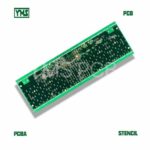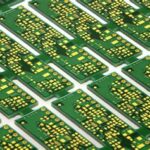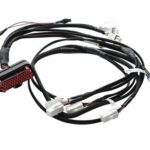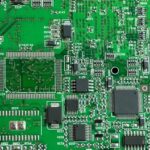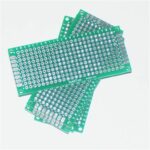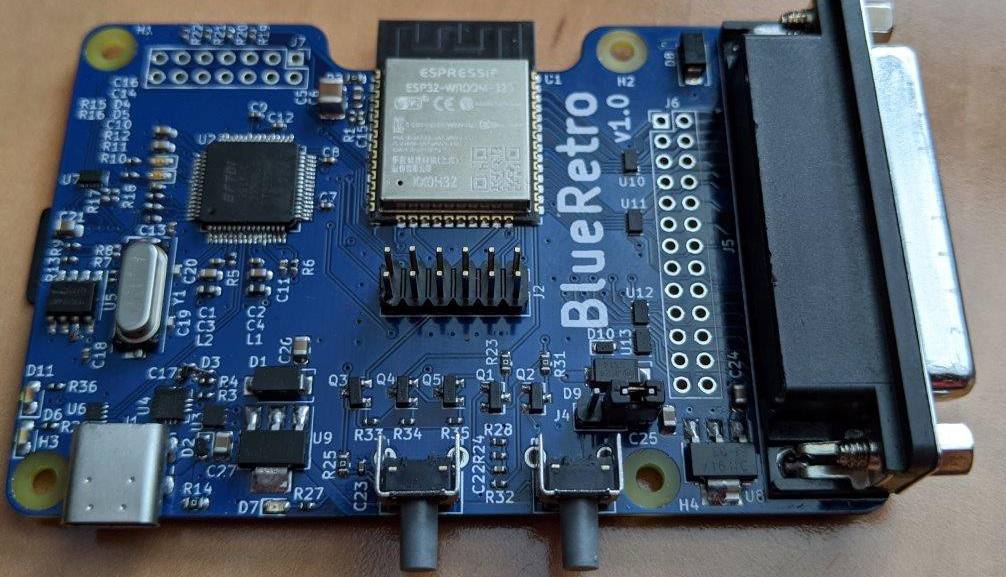
Electronics
-
 Read more: Why Need Prototype during electronics Design Process
Read more: Why Need Prototype during electronics Design ProcessThe electronics systems development journey traversing from concept to mass production involves substantial complexity across hardware and software domains requiring tight integration. While analytical modeling and simulations can validate certain aspects upfront, physical prototypes enable completely exercising system performance, usability factors and manufacturability considerably lowering downstream risks across this progression … Read more
-
What Are the Receptacles in a PCB?
Posted by
–
 Read more: What Are the Receptacles in a PCB?
Read more: What Are the Receptacles in a PCB?Receptacles in a printed circuit board (PCB) refer to the connectors and sockets that interface with external plugs and components. These allow detachable links between the PCB circuitry and cables/modules delivering signals, data and power. Common receptacle types found on PCBs will be explored along with their typical applications, advantages … Read more
-
Can Circuit Boards be Recycled?
Posted by
–
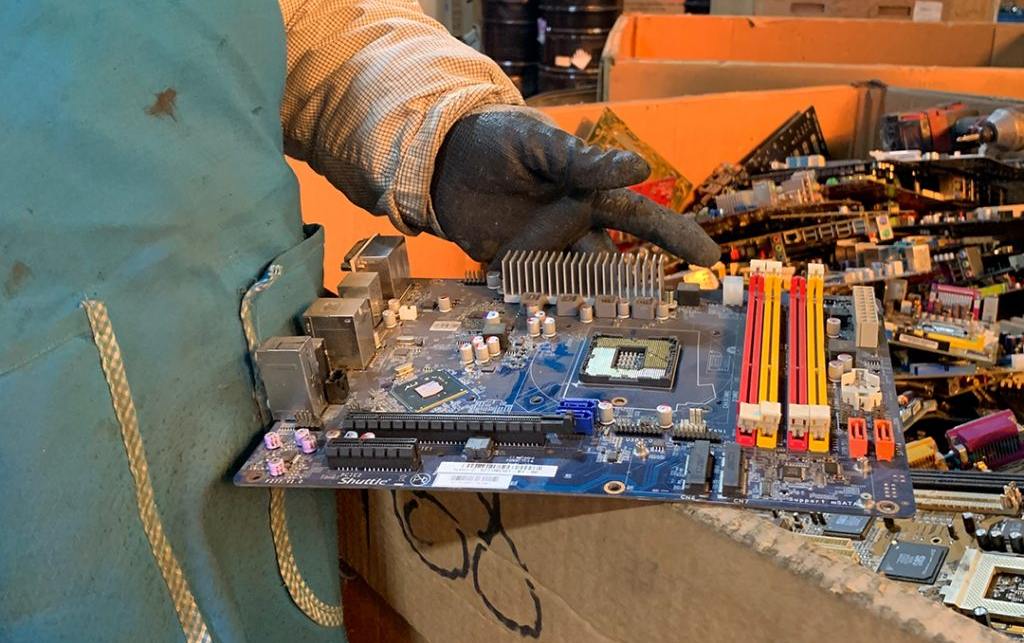 Read more: Can Circuit Boards be Recycled?
Read more: Can Circuit Boards be Recycled?With constant technology innovation and upgrade cycles measured often in just a few years, a massive tide of electronic waste accumulates as older devices get replaced by newer, faster generations. Printed circuit boards (PCBs) packed with intricate copper interconnects, difficult-to-mine precious metals, and potentially hazardous materials lie at the heart … Read more
-
What Wattage Soldering Iron for Electronics
Posted by
–
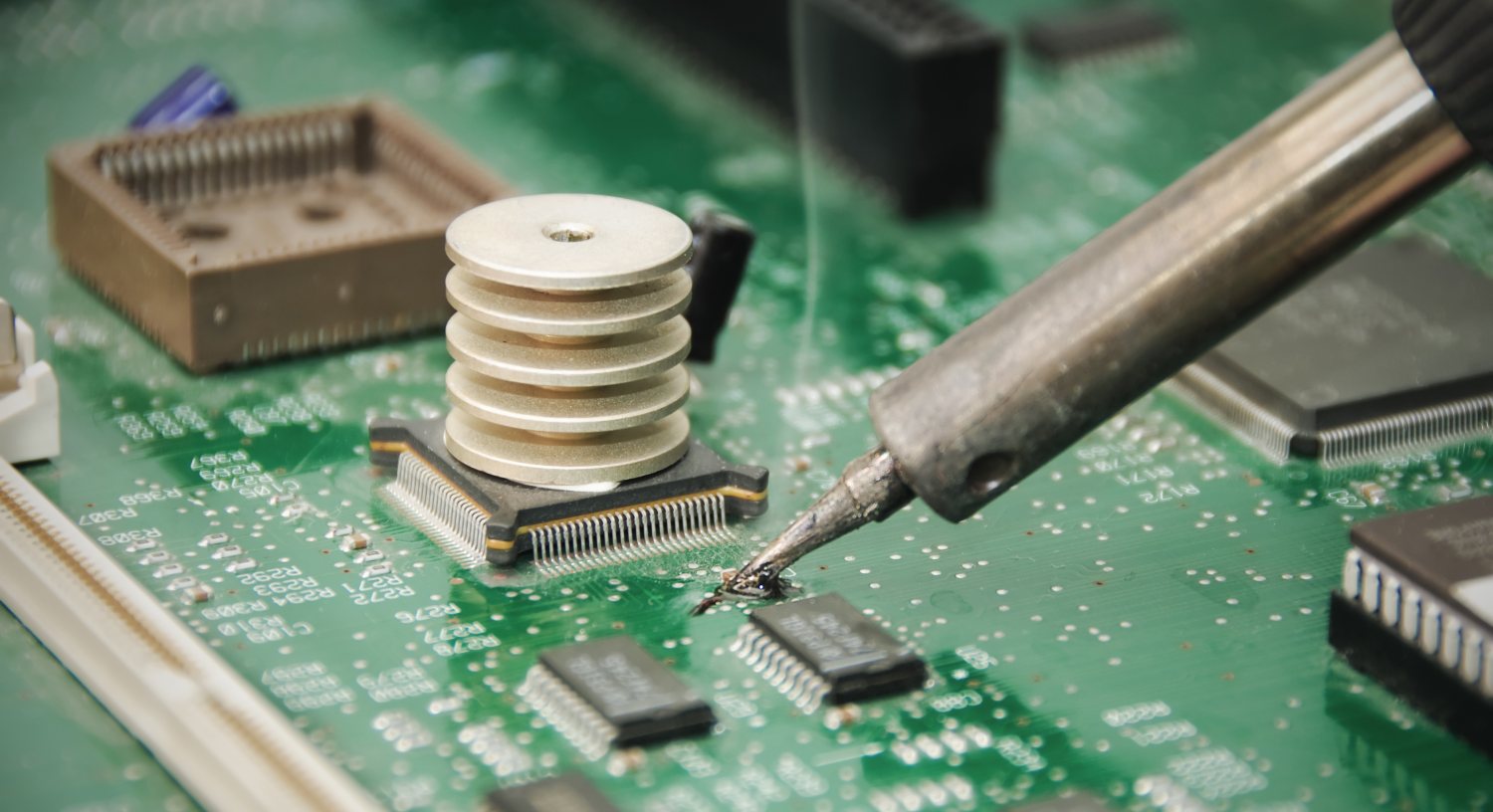 Read more: What Wattage Soldering Iron for Electronics
Read more: What Wattage Soldering Iron for ElectronicsSoldering forms an essential core competency across electronics design and manufacturing. The right soldering iron serves as a fundamental tool forattaching and securing components onto printed circuit boards (PCB). With modern electronics encompassing everything from delicate surface mount ICs to high thermal mass bus bars, what soldering iron wattage makes … Read more
-
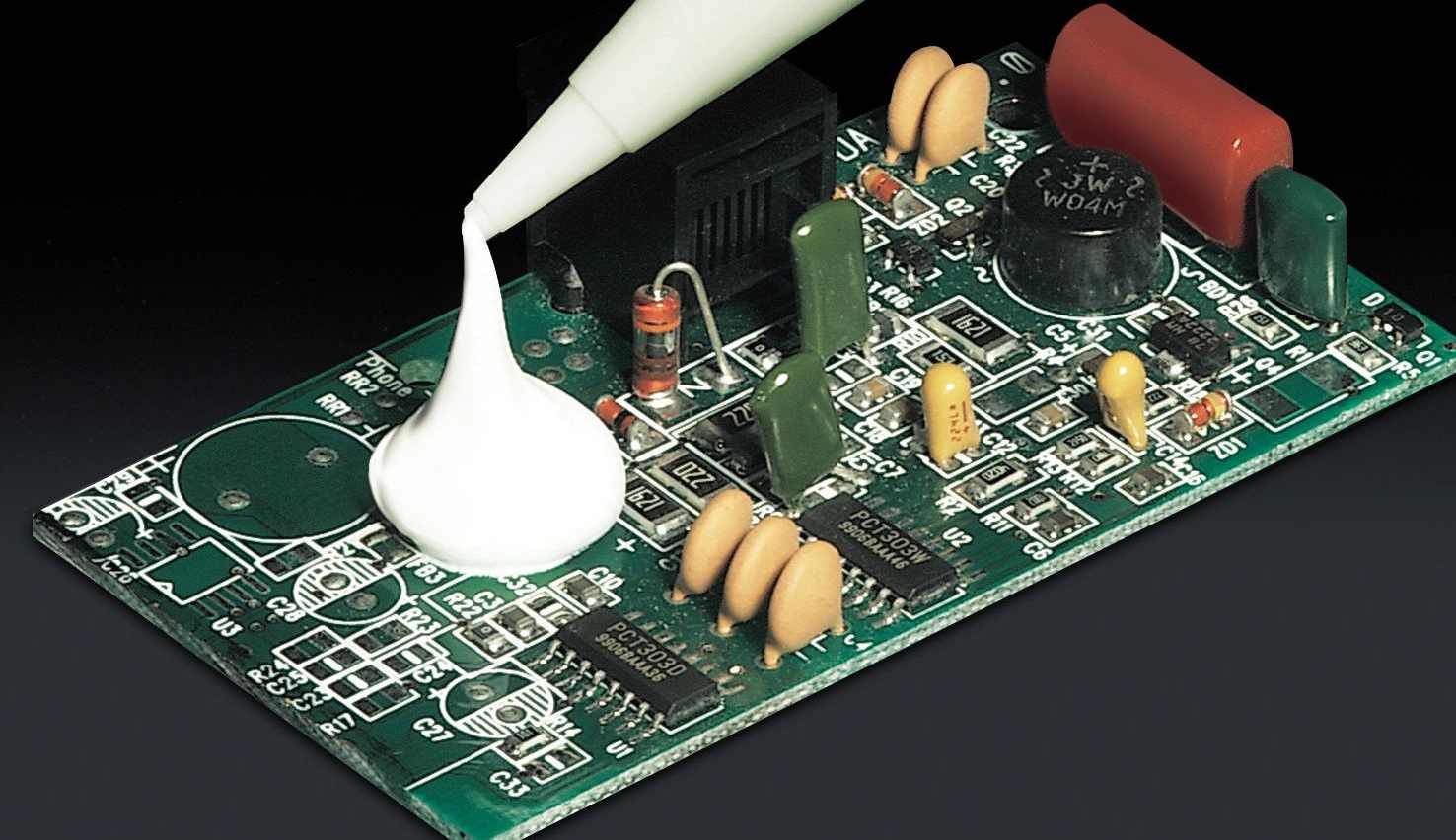 Read more: How do You Use Silicone Conformal Coating On PCB ?
Read more: How do You Use Silicone Conformal Coating On PCB ?Printed circuit boards (PCBs) serve as the wiring backbone interconnecting electronic components inside nearly all equipment. However, PCB assemblies operate in harsh, contaminated environments facing moisture, chemicals, vibration, dust and temperature swings threatening sensitive traces and solder joints with corrosion or electrical shorts. Conformal coatings provide a protective barrier thinly … Read more
-
Top 12 Electronic Manufacturing Companies in USA
Posted by
–
Read more: Top 12 Electronic Manufacturing Companies in USAThe electronics manufacturing industry in the United States has grown significantly over the past few decades. Electronics manufacturing involves the design, development, testing, manufacturing, and servicing of electronic components and devices. The industry plays a vital role in supporting major sectors like aerospace, defense, medical, automotive, telecommunications, and consumer electronics. … Read more
-
What is USB Hub Board Used For ?
Posted by
–
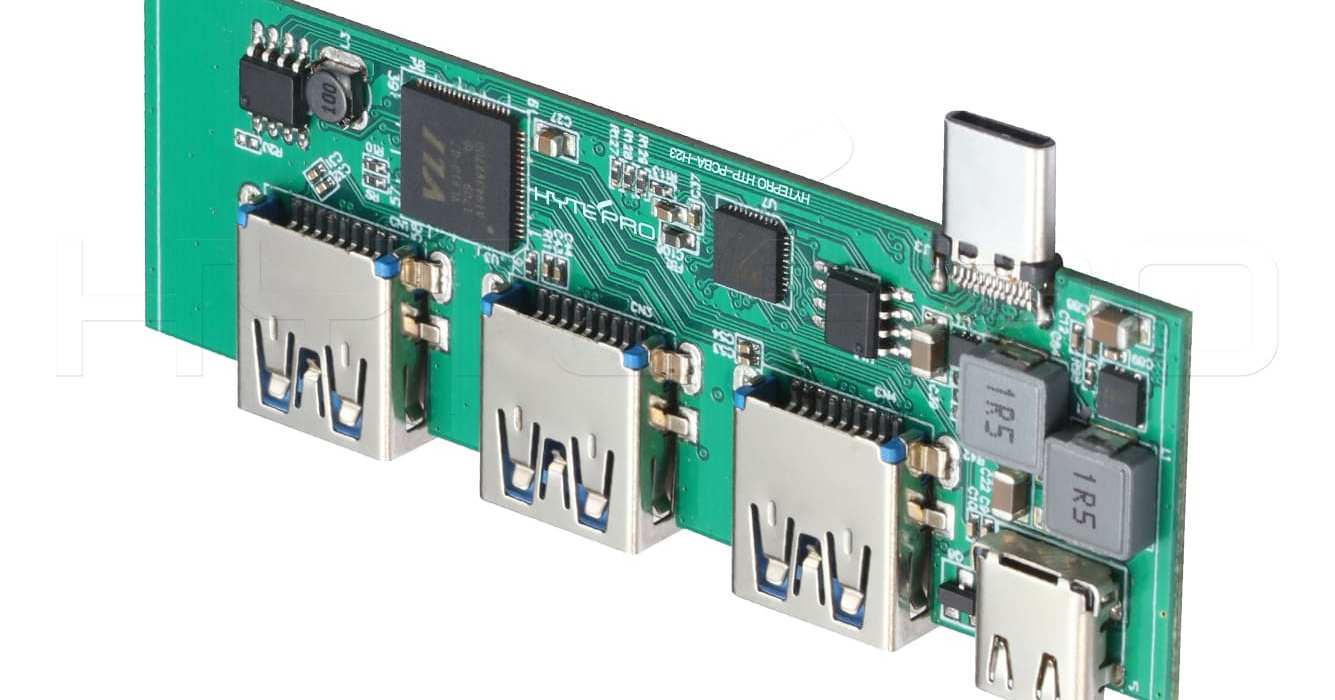 Read more: What is USB Hub Board Used For ?
Read more: What is USB Hub Board Used For ?USB (Universal Serial Bus) has become the standard interface for connecting peripherals and devices to host systems like PCs, laptops and other computing platforms. USB hubs play a crucial role in expanding USB connectivity in a simple and cost-effective manner. This article provides an overview of USB hub boards – … Read more
-
What is PCB Pollution ?
Posted by
–
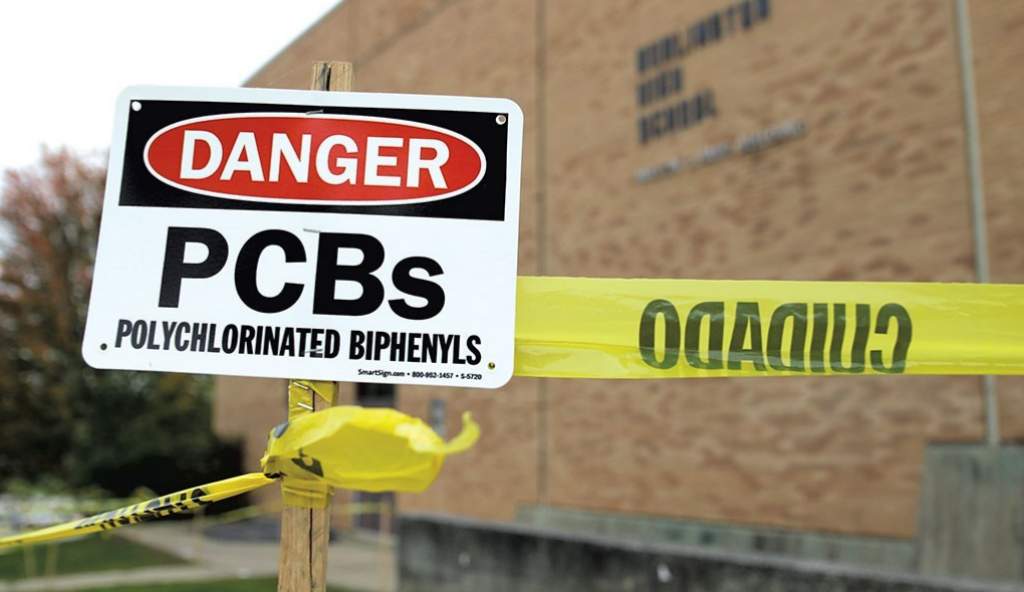 Read more: What is PCB Pollution ?
Read more: What is PCB Pollution ?Polychlorinated biphenyls (PCBs) are a group of man-made organic chemicals that were used extensively in industrial and commercial applications before being banned in the 1970s due to concerns about their toxicity and persistence in the environment. PCB pollution refers to their release into the environment and the resulting contamination of … Read more
-
What is a Wire to Board Connector?
Posted by
–
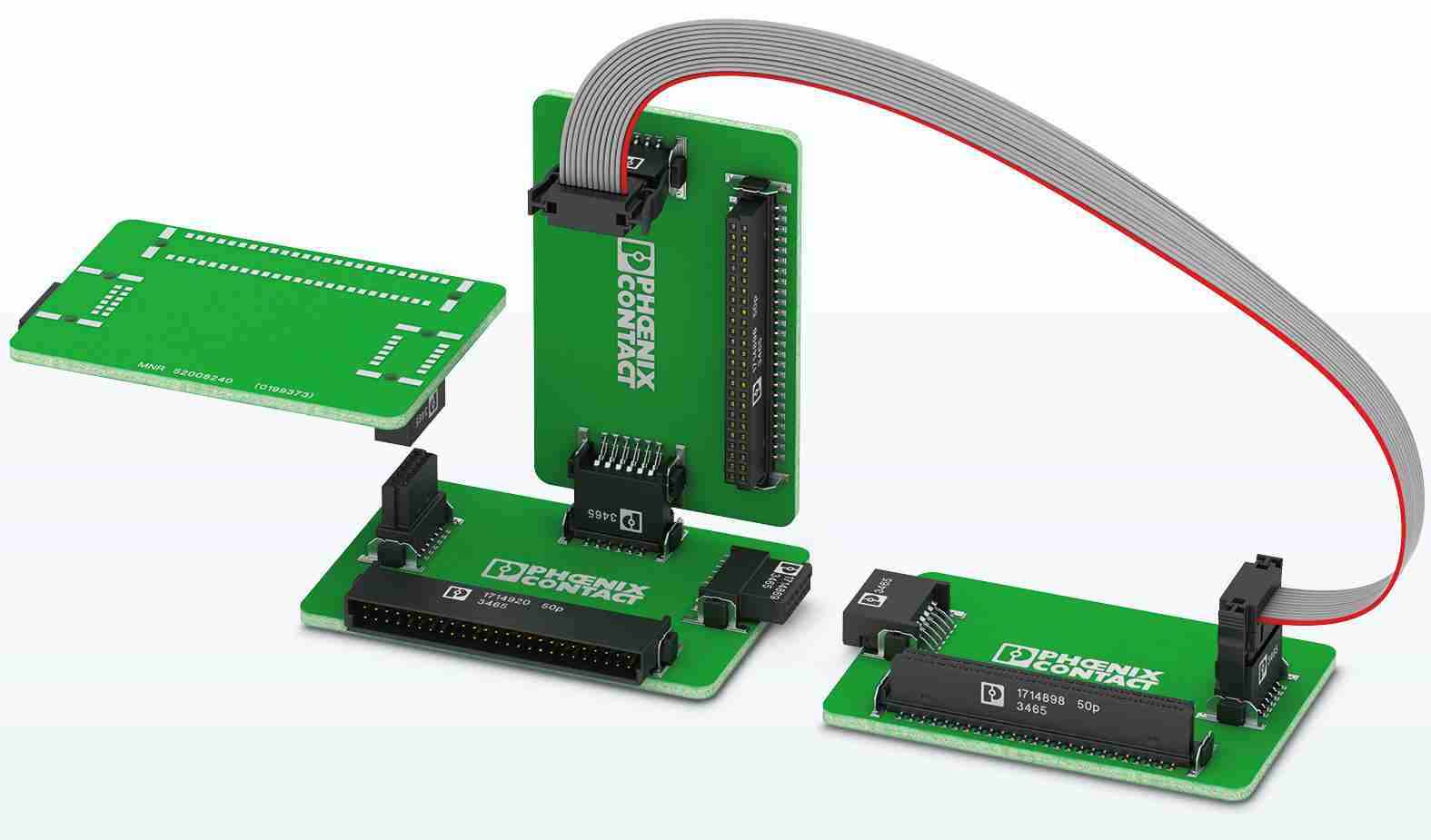 Read more: What is a Wire to Board Connector?
Read more: What is a Wire to Board Connector?Wire to board connectors create removable electrical interfaces between wires or cables and printed circuit boards (PCBs). They allow signals and power to be transferred from an external system onto a PCB through a pluggable connection. Wire to board connectors come in a vast array of styles, pitches, pin counts, … Read more
-
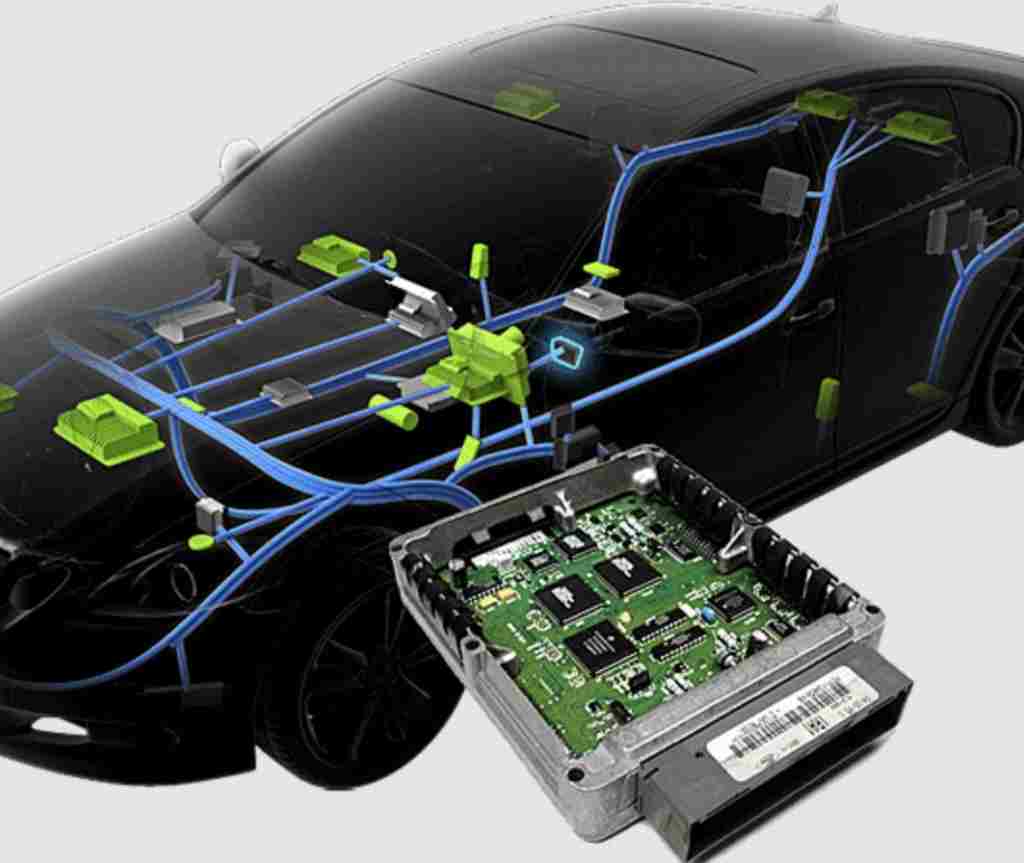 Read more: Top 8 Automotive Electronics Manufacturers in the World
Read more: Top 8 Automotive Electronics Manufacturers in the WorldIntroduction The massive growth in vehicles featuring connected, electric and autonomous functionality has greatly expanded the role of automotive electronics suppliers. Advanced driver assistance systems (ADAS), in-vehicle infotainment (IVI), powertrain systems and body electronics enable modern vehicle capabilities but also increase complexity. Selecting the right automotive electronics partners is crucial … Read more
Recent Posts
- Understanding the PCB Burn-in Testing Process in PCB Manufacturing!
- Unlock the Potential of Embedded PCB Assemblies for Improving the Performance of Electronics Devices
- What are the Advantages of Custom Cable Assembly to meet your bespoke needs?
- What are the benefits and limitations of custom PCB boards?
- What are the benefits of Prototype PCB manufacturing and why is it important?
Categories
- 3D Guides 2,663
- Components 4
- Design 22
- Electronics 20
- PCB 125
- SMT 27
Tag Cloud
There’s no content to show here yet.
